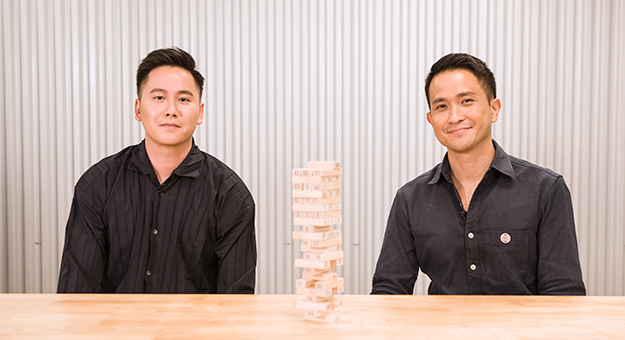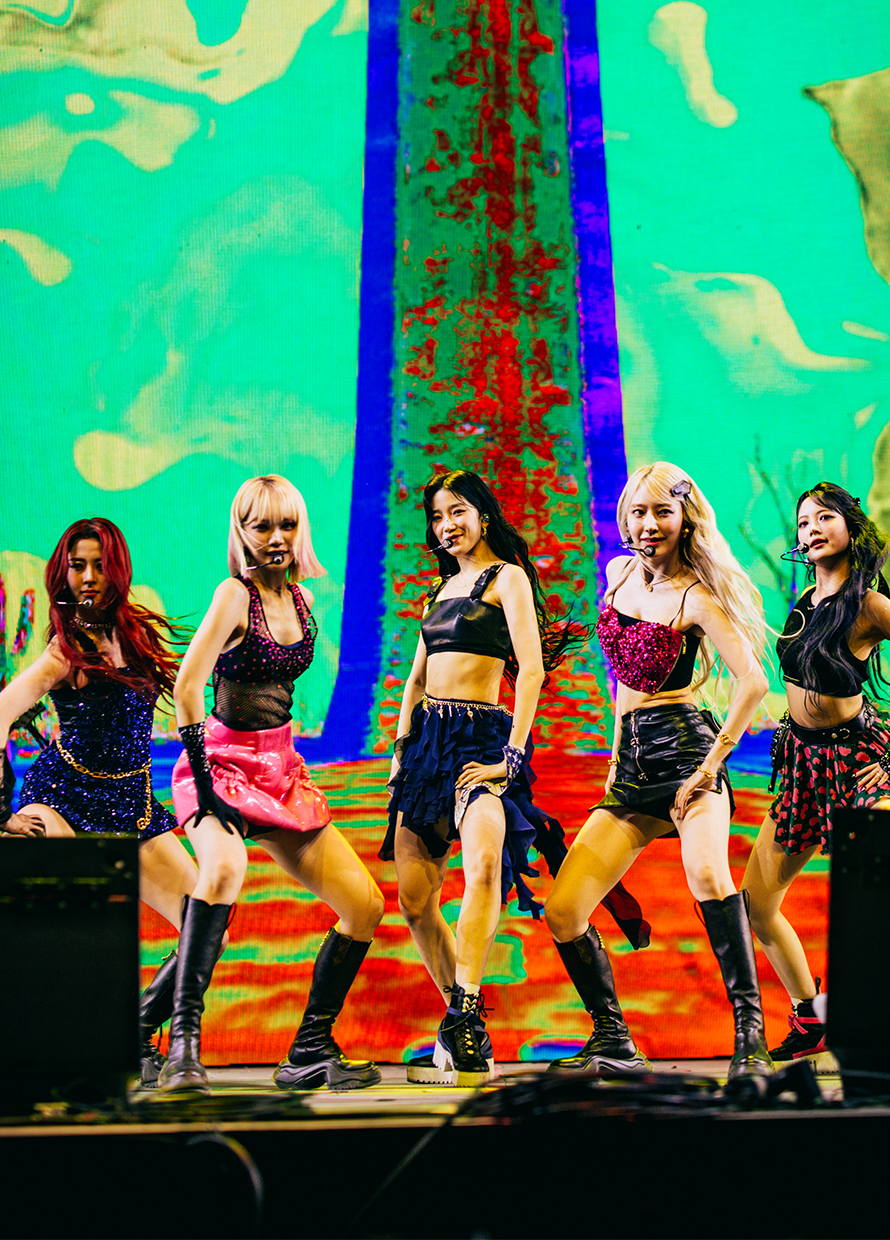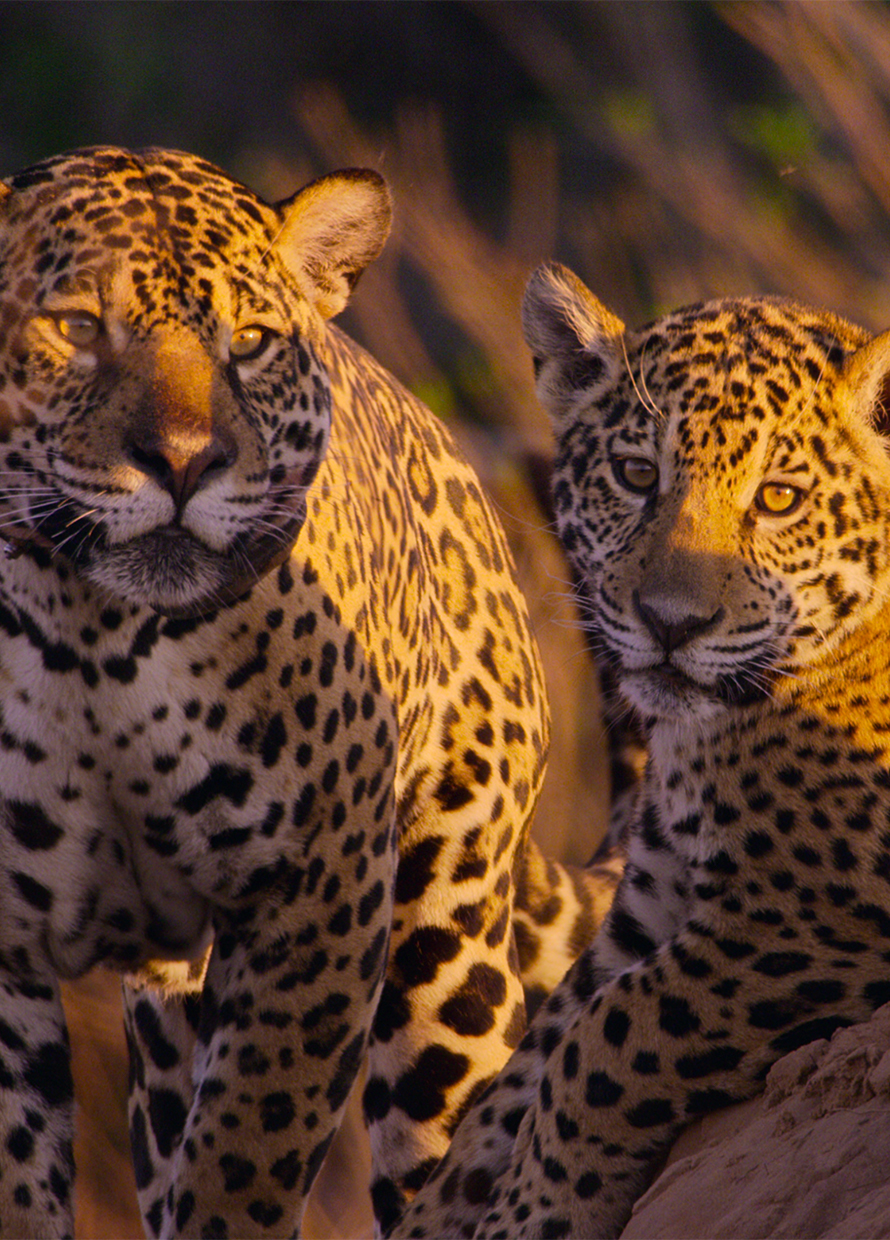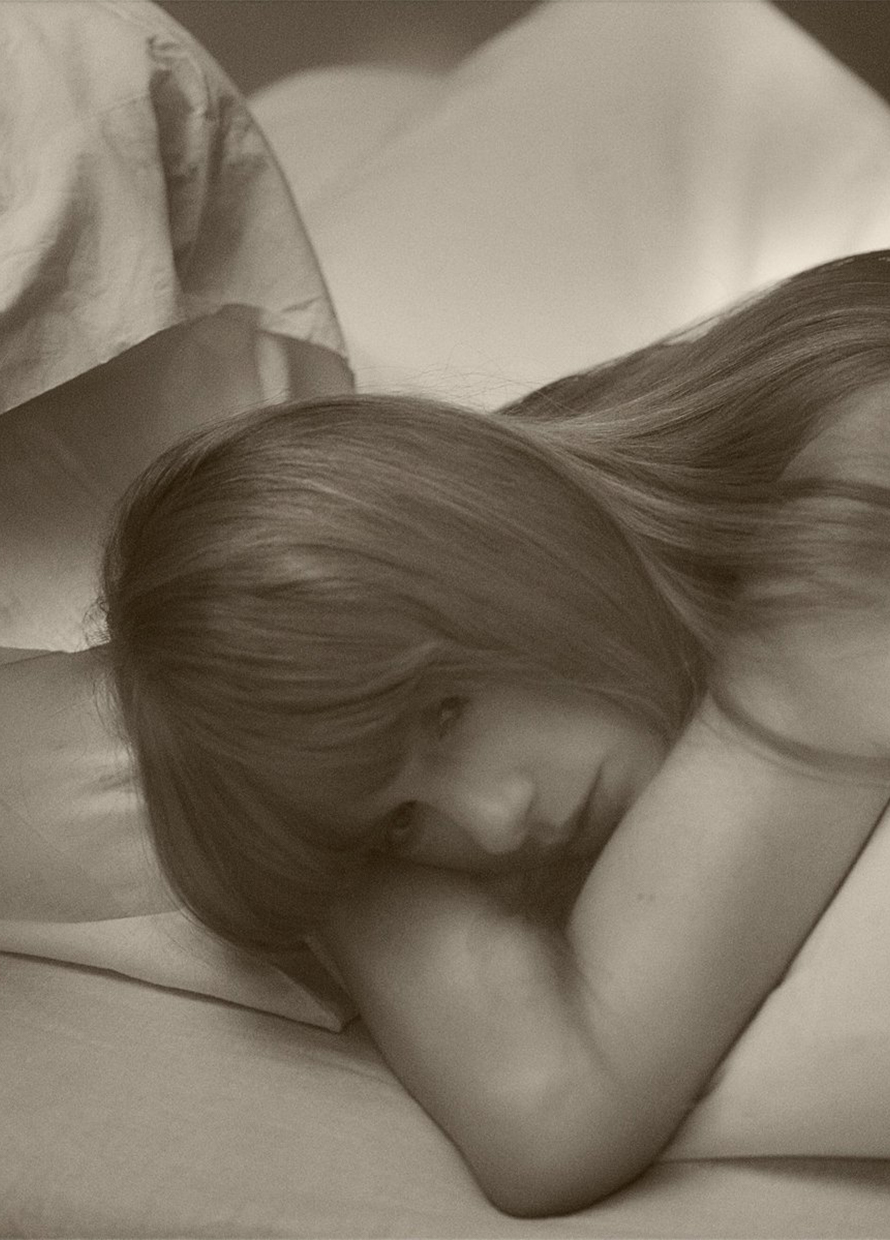This week, meet the leading figures from two of Malaysia’s most prominent heritage businesses: Ee Soon Wei, CEO of Art Printing Works (APW), and Chen Tien Yue, Executive Director of Royal Selangor. Scroll down further to learn more about their thoughts on leadership and joining the family business in the interview feature below.
Ee Soon Wei | Art Printing Works (APW)
It all started when Soon Wei took on the personal project of restoring The Royal Press, a letterpress printing house founded by his grandfather in Malacca. In turn, he started to look into APW too—but instead of a restoration, he decided it was time for an overhaul at the commercial printing press in Bangsar. Giving a three-generation business a facelift takes a brave soul and unwavering vision, and that’s exactly what Soon Wei did. By transforming the old space, the bustling creative hub that is APW as we know it today was born.
What was your first memory of visiting your family business as a child?
“I started working at the print factory when I was 6 or 7 years old, during the school holidays. I learnt how to stack paper and move around the factory. So back then, the print factory was this really large playground and base to me.”
How did you get into the family business?
“I spent some time working in the corporate world. Then it came to a point where I was at a crossroads of what I wanted to do with my life and career—I was to either take on a regional position and went corporate all the way, or I take an interest in the family business. So with the family business it was quite accidental. My mum encouraged me to take a look at the business, but I wasn’t so keen on the commercial side of things. However, I was very much interested in the narrative and the history of it, so that’s why The Royal Press stood out for me—and that’s how it all started.”
What inspired you to adapt the space into APW as we know it today?
“With the space, the formula was quite similar to The Royal Press. First and foremost it was about cleaning up, removing all the unnecessary rubbish or clutter. Then when the space was finally empty, it was about responding to what was around the community. We know that setting up a commercial printing space might not accelerate business, but we could perhaps convert the real estate into something else. I started travelling for a bit, and found out there was this movement of alternative use of space coming up, from specialty coffees to event spaces. So we started to explore and make spaces happen around the area.”
It’s quite a big change from what it was before, how did your family take to that idea?
“They did say they were supportive of the idea, but I don’t think they realise what they were supporting at the time, and I didn’t quite realise where I was going either. So it was quite a tussle, trying to manage stakeholders in the early stage. The rites of passage were to ask for permission, I never got it so I started doing things and just asked for forgiveness later.”
What are your goals for the family business?
“For APW, as a space, we want to become a creative campus. Our bigger vision is to become a creative campus across Southeast Asia, to look for similar spaces to catalyse and work in neighbouring markets like Cambodia and Thailand. We do this by accelerating the creative economy, and our target audience is very specific, that is people between 18 and 25 years old.”
Is there still a printing facility in APW?
“There is. However, we are starting to move away all the binding equipment, keeping just the printing and freeing up more space. We are now in the pipeline of rebuilding two spaces. We’re looking to build an auditorium, and also a temperature-controlled greenhouse, to take the whole planting and edible farming scene to the next level. Since that project is very experimental, I’m not sure if it’s going to work out, but if it does, imagine yourself having weekend lunches or dinners in a controlled environment around plants and flowers.”
And what is in the pipeline in regards to The Royal Press?
“At this moment, we are very focussed on completing the restoration project. It has taken us close to 10 years now, and hopefully it’ll be completed by the end of the year.”
Tell us about the pros and cons of working in a family business.
“I think my point is both a pro and a con, in that when you finally take on a family business, it’s because no one else wants to do it. You do it because you are very naive, and you think you can make a change, but at the same time I think being naive helps.”
What has this journey taught you about leadership?
“I think I’ve picked up different leadership experiences over the different phases so far. When I first started, being a leader was about being responsible to the stakeholders, like listening clearly about the family’s intentions and what they want for the business. But later on when I started making more decisions on my own and gaining small successes, then I realise that effective leadership is really about showing up and providing direction. The toughest lesson was to learn how to be binary, because I think when you’re too emotional it’s quite hard to function.”
If you could go back to the beginning of your career and tell yourself one thing, what would it be?
“Open your eyes and stay curious.”
What exciting projects are you working on now?
“We’re working on some real estate in Southeast Asia, similar to what we’re doing here. But actually the most interesting project for me now is a personal one—I’m learning tennis and I’m really enjoying both the sport and applying tennis lessons to everyday life.”
Chen Tien Yue | Royal Selangor
Royal Selangor has come a long way since it was first established by Tien Yue’s great-grandfather Yong Koon in 1885. From a small tinsmith in a small mining village in Kuala Lumpur, it has grown to become a global name exporting to over 20 countries worldwide. Now with the fourth generation at the brand’s helm, it is spreading its reach even further with a bold spirit of innovation that has culminated in exciting collaborations. At the heart of this driving force is Tien Yue, who oversees the company along with his cousin Yong Yoon Li.
What was your first memory of visiting the family business as a child?
“When I was younger, I used to go to the office after school. There is also a factory and retail centre there—so I remember Royal Selangor, or Selangor Pewter back in those days, having a lot of visitors who came from around the world. The showroom was like our play area, and I remember wearing T-shirts that said ‘Beautifully handcrafted’ because that was the tagline at the time.”
And how did you get into the family business?
“The general rule for our family is that you should go and work elsewhere first, to get some experience and figure out what you want to do. In my case, I joined a consulting firm out of university. I spent about three years there, and then thought I would spend perhaps two years in Royal Selangor to get a sense of what the business is about. It was meant to be a short stint, but I ended up staying on.”
But were you expected to join the family business?
“I guess the family would like us to get involved in the business, but we were not obliged to. When I joined the company, there wasn’t even a role for me. It wasn’t planned, so I was made Manager of Special Projects at that time, because they didn’t know what to do with me (laughs). But I then ended up in production planning, and set up a corporate sales department, so that was my first KPI-driven role.”
What would you say make up Royal Selangor’s working formula for longevity?
“We’re 133 years old this year, and we’re in what is seen as a traditional industry, working with a rather traditional material. We’ve kept the craftsmanship, where we continue to make pewter items with our own craftsmen just like my great-grandfather did, which we think is a nice, authentic heritage. But the products that we’re making today are very different. I think that’s the key, to make sure that we are developing new product designs that are relevant to what people would like to use in their lives today.
The fact that the material is something that we’ve been working with for the past 133 years alone is not enough to convince the consumer today to come into our stores. So we need to constantly work on product development and innovation.”
What are the main challenges of ensuring a brand with more than a century of history stay relevant in the 21st century, and what steps are you taking to overcome them?
“The big challenge in a market like Malaysia is that people have grown up with the brand. They might have grown to associate it with trophies or ornamental plates that their dad received from going to an event, and that is their impression of it. So it was very difficult to get people to come into the stores and see what’s new.
In the past 10 to 15 years, together with my cousins Yoon Li, the other Executive Director, and Chris, who is in our design team, we really tried to think about what it is that would get people’s attention, in terms of marketing approaches as well as products.That culminated in fun projects, like collaborations with Pestle & Mortar and Warner Bros.”
What is your vision for success for the brand?
“I hope we can continue to preserve this authentic heritage we have, and to continue to tell the brand’s story. There has been debate on whether we would outsource production, because it’s getting harder to recruit and retain craftsmen these days. But it’ll be a shame if one day we no longer craft our own pewter items, and I think that would be a great departure from what we are as a brand, and from our 133-year-old heritage.
At the same time, we also want to succeed in getting people to look at pewter in a different way. It’s not just that traditional mug or golf trophy that your father won, but it could be an interesting Star Wars Millennium Falcon model or a collectible Bearbrick—things that people don’t expect to see, and that they will find it to be a desirable item to own in their homes. That’s still an ongoing journey.”
Tell us about the pros and cons of working in a family business.
“There are quite a lot of pros, but this is probably the biggest one: when you work in a multi-generation family business, I think there is a great sense of loyalty among the team members. They know for a fact that the family is going to be in this for the long term, which gives them a sense of security and consistency in direction. A lot of our employees have been with us for 20, 30 years, and they really see it as a lifelong career—that loyalty is something we really appreciate, and it’s difficult to replicate in non-family businesses.
As for cons—it’s hard to stop talking about work, which is a difficult balance to strike when you’re with your other family members. You have to remind yourself not to just keep taking work back home and talking about it over family meals.”
What have you learned about leadership?
“Looking around the company, I’ve come to learn that everyone at different levels have opportunities to take on leadership roles. While we traditionally think it’s about managers at the top setting directions for the company, I think it happens a lot more on a daily basis; where our cafe manager is providing leadership to the cafe crew, or our design head setting design directions for her team. It’s amazing because we are such a diverse organisation. We do design, production, R&D, retail, marketing, and it’s impossible to have a leader at the top driving direction across all these areas because they are such diverse fields. What you need is strong leadership at each level and each function.”
If you could go back to the beginning of your career and tell yourself one thing, what would it be?
“Stay in consulting (laughs). Just kidding. I think jobs are a great opportunity to experiment, learn, and look at best practices from other companies. As you move on from one career to the next, you bring along with you all these experiences and knowledge. Looking back I’d probably be more structured, and more conscious of this learning journey.”
What exciting projects can we expect from your brand next?
“This is the year of collaborations. We launched a collection with the Victoria & Albert Museum earlier this year, and we have a whole bunch of collectibles under our Marvel collection coming up soon. We’re also working on some Disney characters, a furniture collaboration… So yeah, there is a lot coming up in the pipeline. It’s a crazy time, but in a good way. ”
Click here for more episodes of #BuroAList.
| SHARE THE STORY | |
| Explore More |




